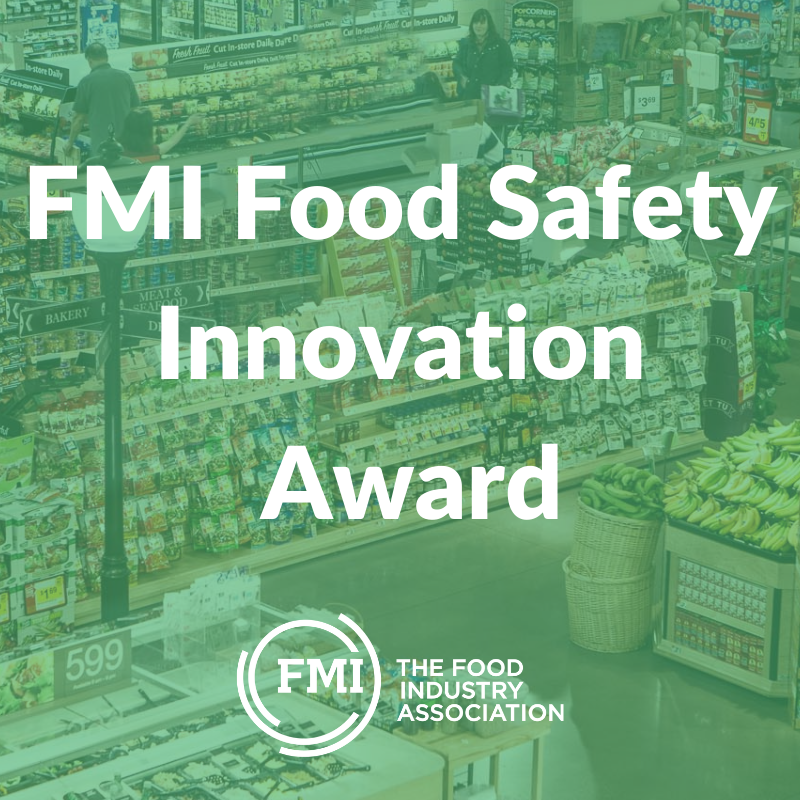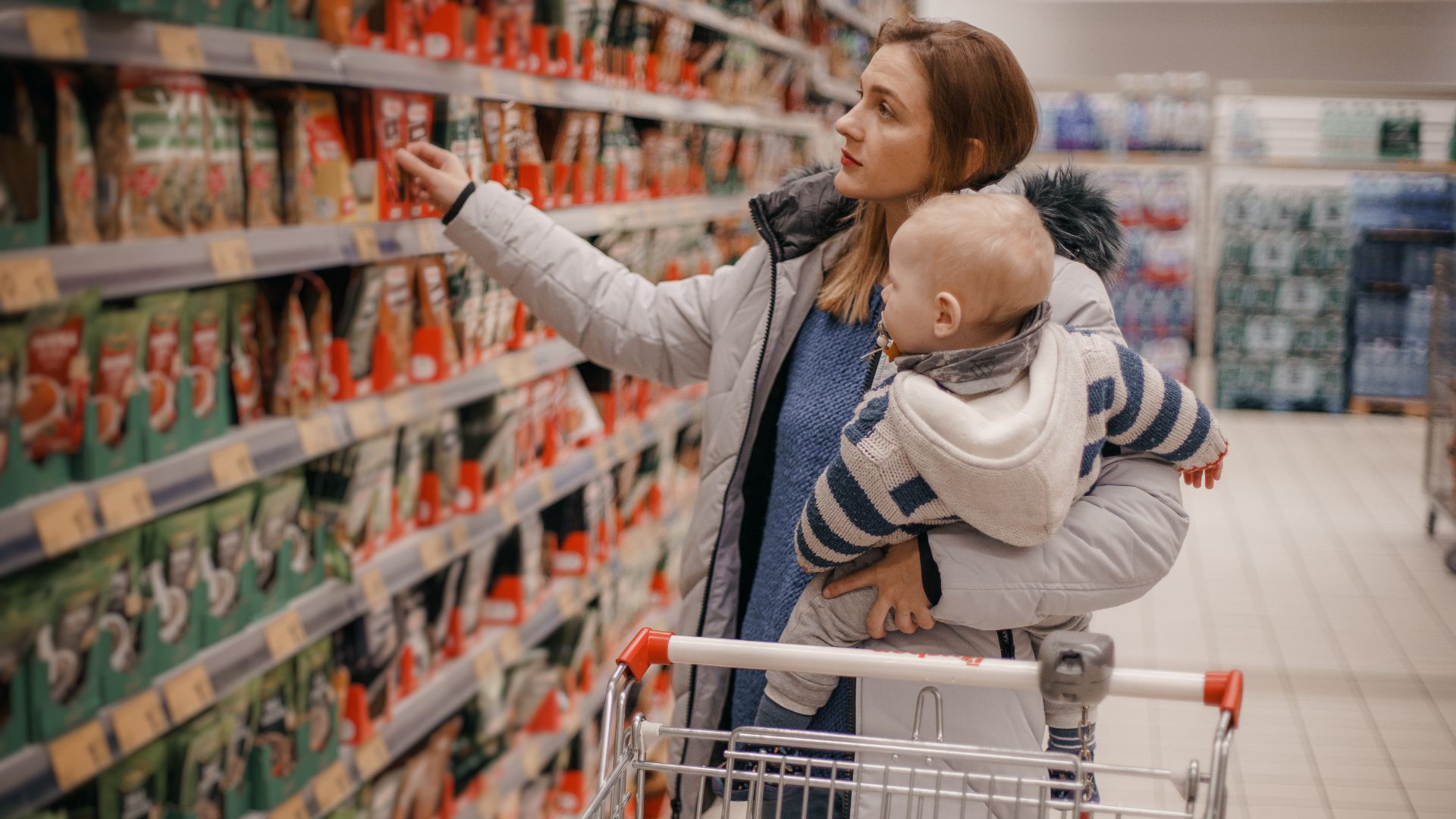By Hilary Thesmar, PhD, RD, CFS, Chief Food and Product Safety Officer and Senior Vice President Food Safety, Food Marketing Institute
![]()
When the government issued a nationwide consumer advisory on all romaine lettuce just days before the biggest food holiday of the year, the operational impact was massive, and the repercussions continue today. Compounding the situation, this was the second consumer advisory to affect Romaine in one year.
At a discussion at Midwinter Executive Conference, Produce Marketing Association (PMA) Chief Science & Technology Officer Dr. Bob Whitaker and I addressed the knowns and unknowns about the Romaine consumer advisory. We know that E. coli O157:H7 contamination can be an internal property of leafy greens, meaning that traditional washing won’t necessarily mitigate the pathogen. We also understand from the agencies that agricultural water is an important focus of the investigation. What’s still unclear in this ongoing investigation is:
- how the water source might be getting contaminated;
- the role animal agricultural methods may have played in this contamination;
- why romaine and not other leafy greens; and
- the overall inconsistencies in the timing of both outbreaks.
The supply chain is complex, per Dr. Whitaker’s presentation of various hypotheses that could be the culprit to the outbreak of E. coli O157:H7, but one of the most perplexing considerations is the variation of this ubiquitous organism from the Spring to the Fall of 2018; the foodborne pathogen itself has a different “fingerprint” in both instances. This lack of consistency also splinters the investigation. For the Spring outbreak, U.S. Food and Drug Administration (FDA) shared a chart that attempts to explain the nuances to the multistate outbreak.
Here’s what we know about the Fall outbreak:
- November 20, 2018 – Nationwide advisory – do not eat or sell Romaine Lettuce
- November 23-25, 2018 – Six companies negotiated labeling with the FDA to get product back into the marketplace
- November 26, 2018 – Advisory limited to six counties in California with the harvest location and date on product
- The impact on public health—62 Illnesses and 25 hospitalizations across 16 states
FMI was proactive with both FDA and CDC, issuing multiple communications and calls with our members to comply with the government’s request to pull all Romaine from commerce. We also kept the lines of communication open with the produce industry, including United Fresh, PMA, Arizona Leafy Greens and LGMA (California Leafy Green Products Handler Marketing Agreement).
What Are Future Actions by FMI?
The FMI Food Protection Committee has developed a plan to help the retail and wholesale industry work through such issues and to help prevent this food safety, supply chain and economic crisis from occurring again. The committee explored a process of identifying the most important issues, determining retail/wholesale industry actions that could have the desired impact on each issue and the likelihood of success of those actions. The plan includes the following issues in order of priority:
- Investigations
- Food Safety Standards
- Traceability
- Unprecedented Decisions from Agencies
- Definitions
- Timing of Communications from FDA/CDC
For each issue identified and prioritized, the plan addresses 1) background information of importance to the retail/wholesale industry; 2) the challenges posed; and 3) the proposed solution for the retail/wholesale industry. Some of the issues are external in nature and depend on us working with groups outside of our industry, while others are within the control of the retail/wholesale industry.
Public health is priceless, and preventing contamination is always the priority, followed by detection and response. The watchful work of food safety may not get easier anytime soon, necessitating that we work together to learn from every incident while sharing the common goal of selling safe food to our customers.


 Industry Topics address your specific area of expertise with resources, reports, events and more.
Industry Topics address your specific area of expertise with resources, reports, events and more.
 Our Research covers consumer behavior and retail operation benchmarks so you can make informed business decisions.
Our Research covers consumer behavior and retail operation benchmarks so you can make informed business decisions.
 Events and Education including online and in-person help you advance your food retail career.
Events and Education including online and in-person help you advance your food retail career.
 Food Safety training, resources and guidance that help you create a company food safety culture.
Food Safety training, resources and guidance that help you create a company food safety culture.
 Government Affairs work — federal and state — on the latest food industry policy, regulatory and legislative issues.
Government Affairs work — federal and state — on the latest food industry policy, regulatory and legislative issues.
 Get Involved. From industry awards to newsletters and committees, these resources help you take advantage of your membership.
Get Involved. From industry awards to newsletters and committees, these resources help you take advantage of your membership.
 Best practices, guidance documents, infographics, signage and more for the food industry on the COVID-19 pandemic.
Best practices, guidance documents, infographics, signage and more for the food industry on the COVID-19 pandemic.
